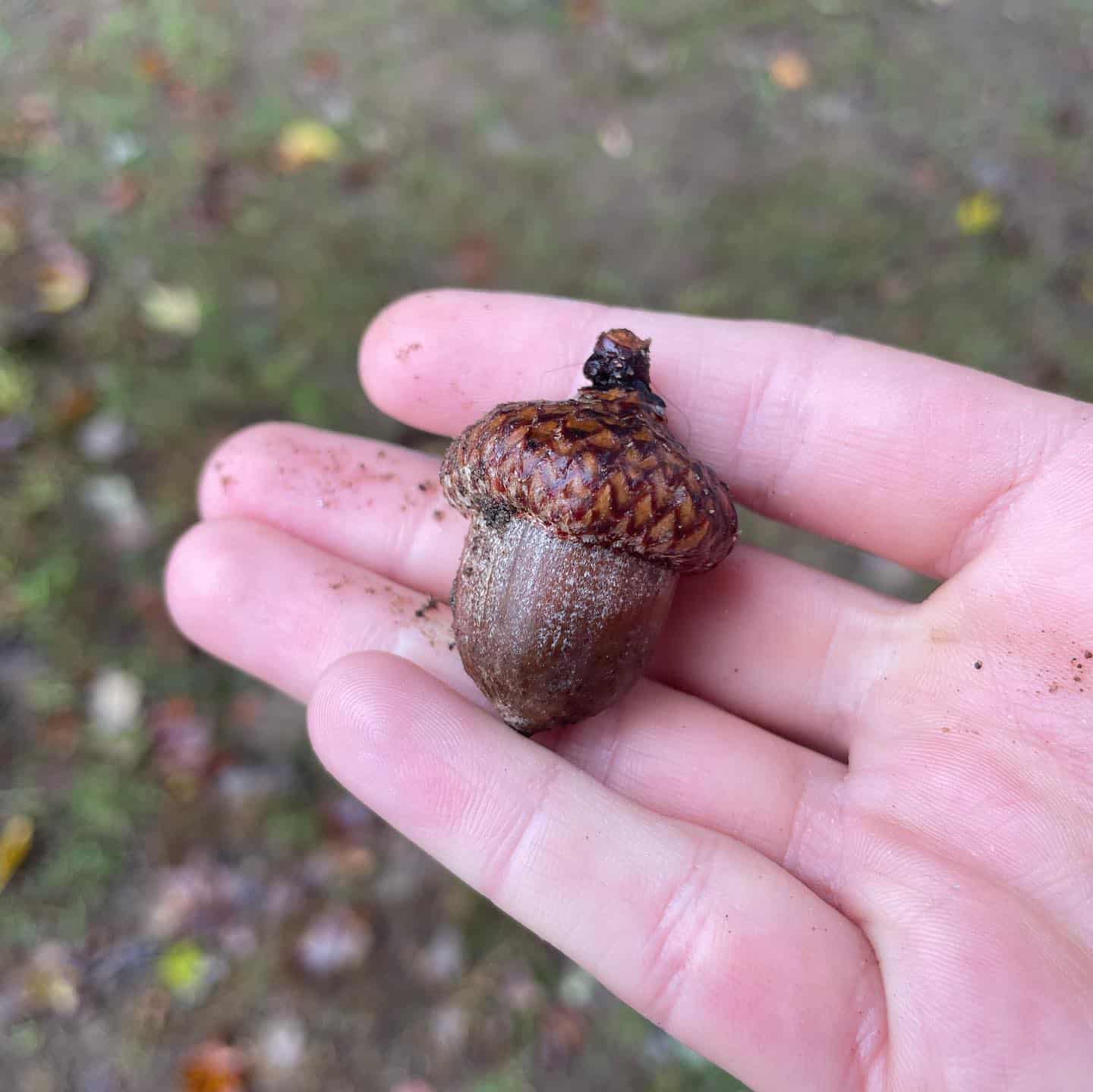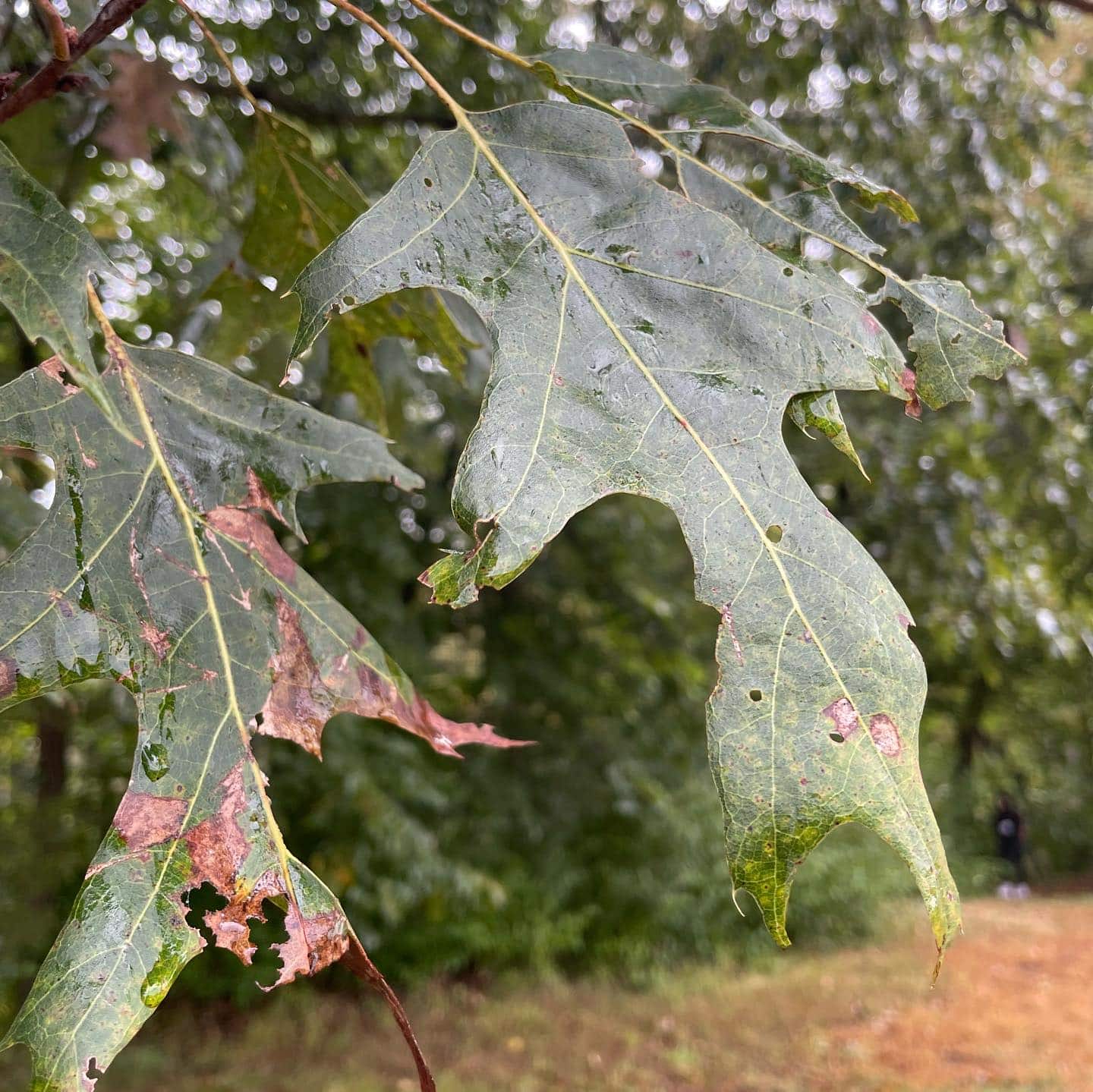Page Created by Connecticut Foraging Club
Upcoming Events | Meet the Instructors | Plant Archive | Mushroom Archive
----------------
Upcoming Events | Meet the Instructors | Plant Archive | Mushroom Archive
----------------
The Northern Red Oak (Quercus rubra) is a fast growing tree that can reach up to 80 feet tall. Northern red oaks can live up to 400 years old.
There are two major groups of oak trees. Red and black oaks have sharper lobes that end in a point and nuts that take two growing seasons to mature. White oaks have leaves with smooth, rounded lobes. White oak acorns mature in one season so tend to contain fewer tannins.

All oak trees produce edible acorns. Acorns ripen from late August to late October.
Collect acorns in a mesh bag as keeping acorns in a plastic bag will cause them to mold. Discard any discolored acorns or acorns will holes. Place acorns in water and discard any that float. Lighter acorns are likely to have a damaged nut.
Dry acorns in the sun or on a heat source to shrink the nut away from the shell. Crack nuts open and grind the nuts.

Tannins have to be leached out of the acorns to render the nuts edible. Acorns can be soaked in hot or cold water with multiple changes of water until bitterness is removed. Acorns can also be placed in a bag in a river for about 12 hours.
Acorns can now be roasted and ground into flour to make acorn cookies or pancakes. The nuts can be roasted further to make acorn coffee.
Acorns are a complete protein and contain starches and fats. Acorns also have medicinal properties which could aid digestion, lower blood sugar, improve memory, and decrease inflammation.
--
Written by Amy Demers, founder of the Connecticut Foraging Club. To learn more about foraging in Connecticut, check out our upcoming classes.






